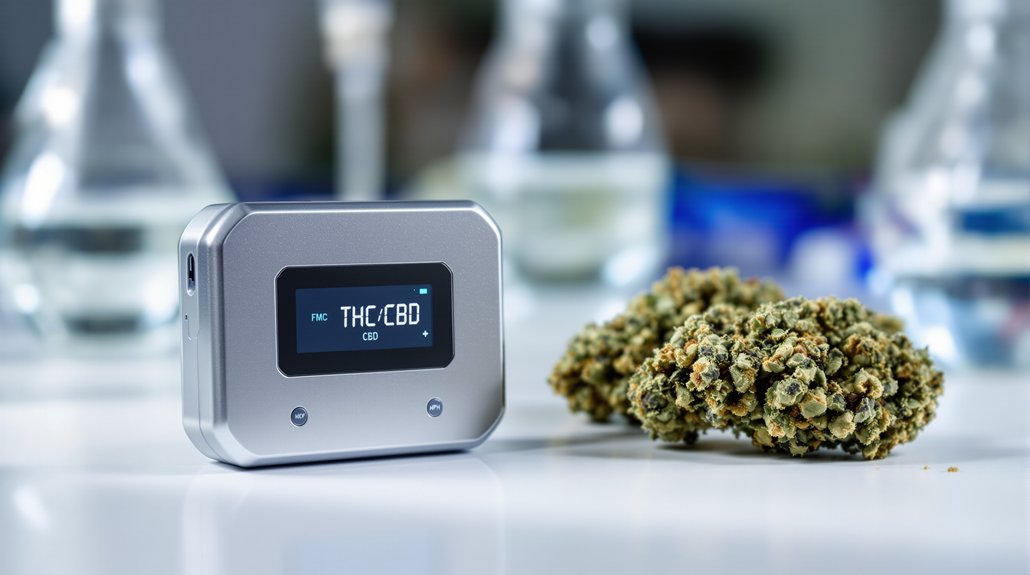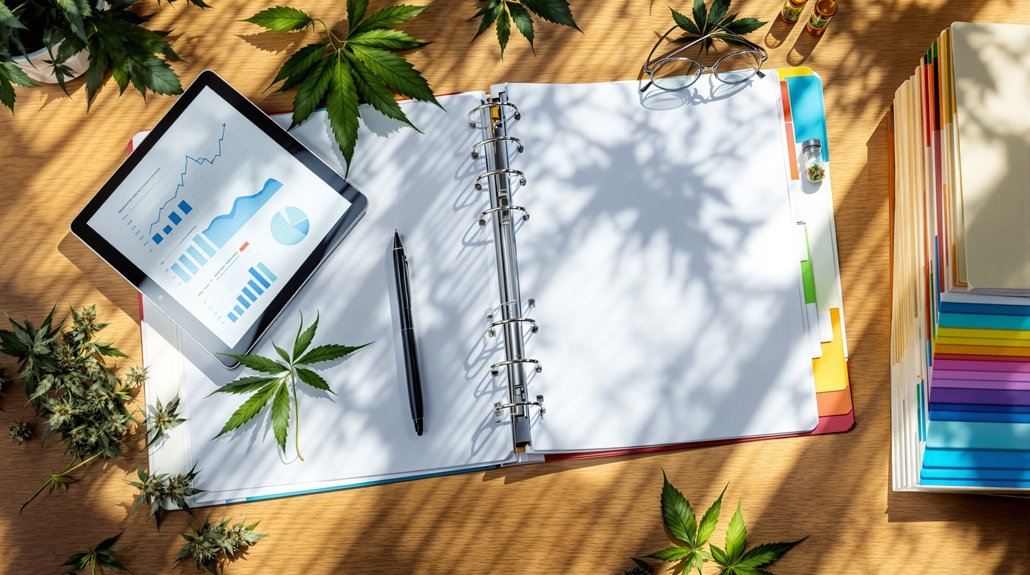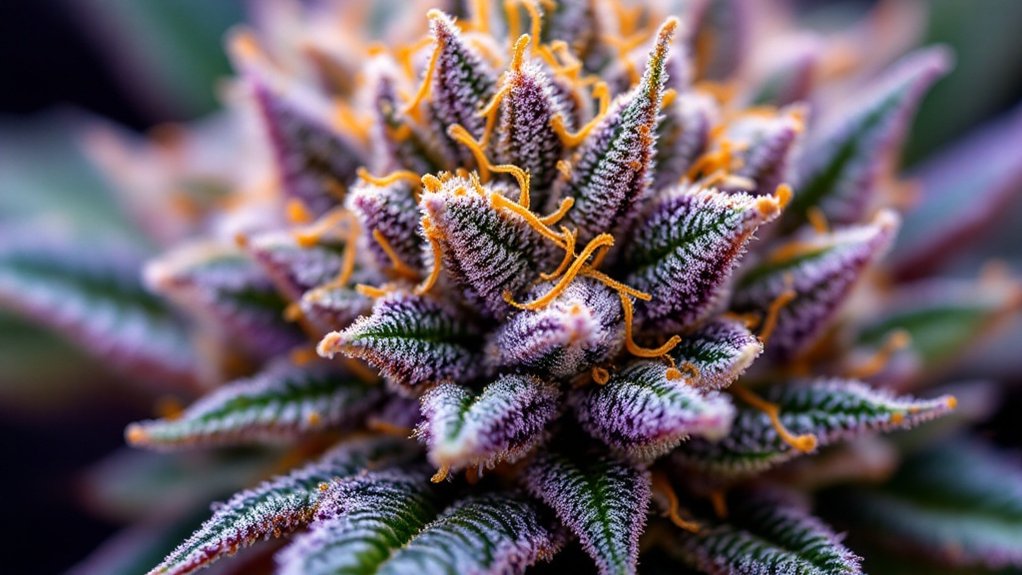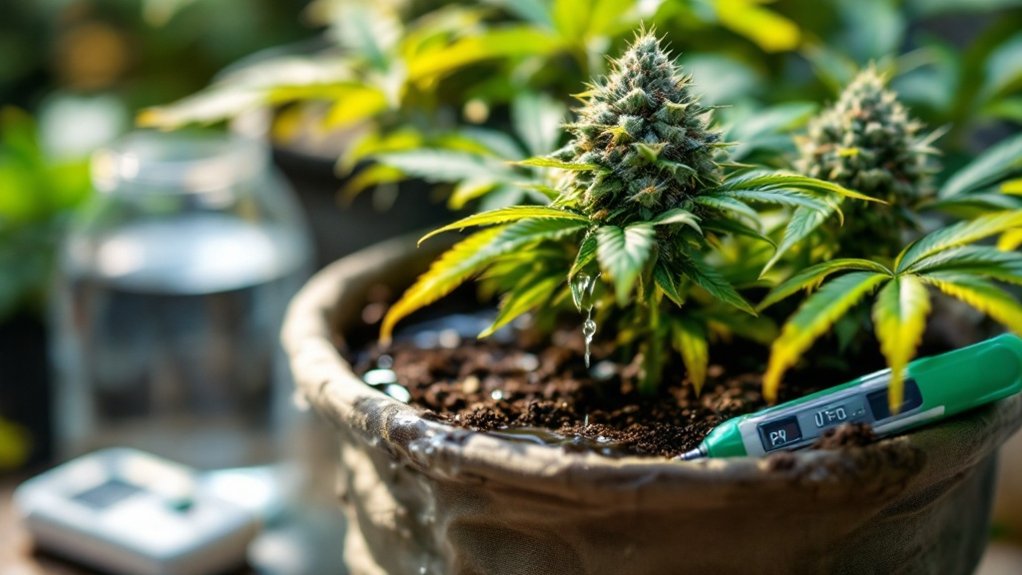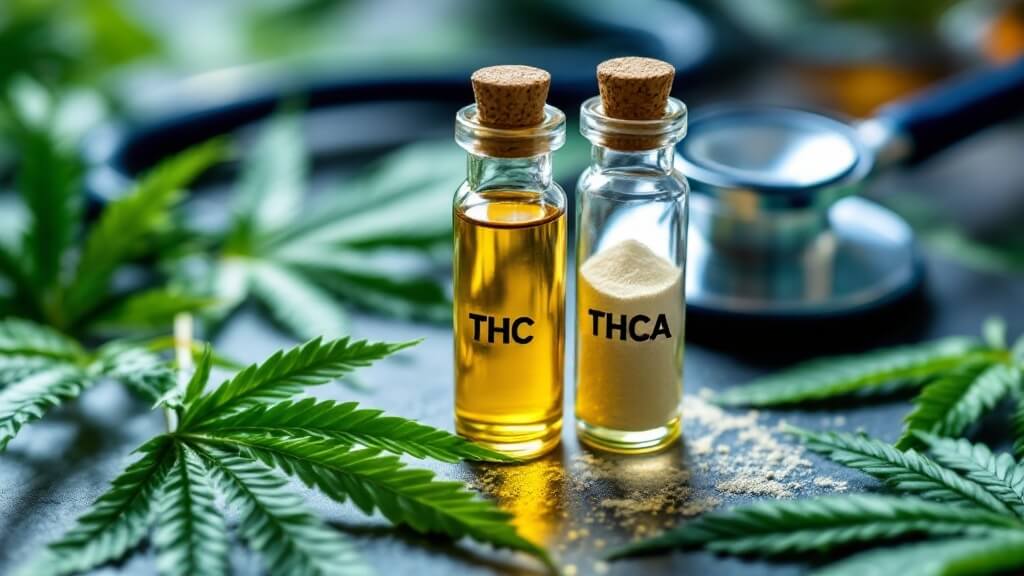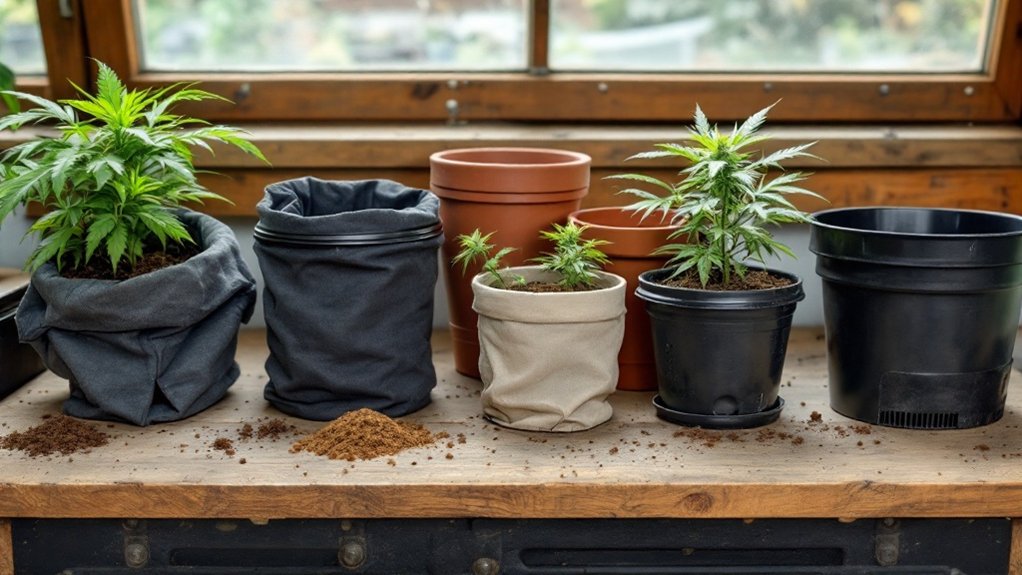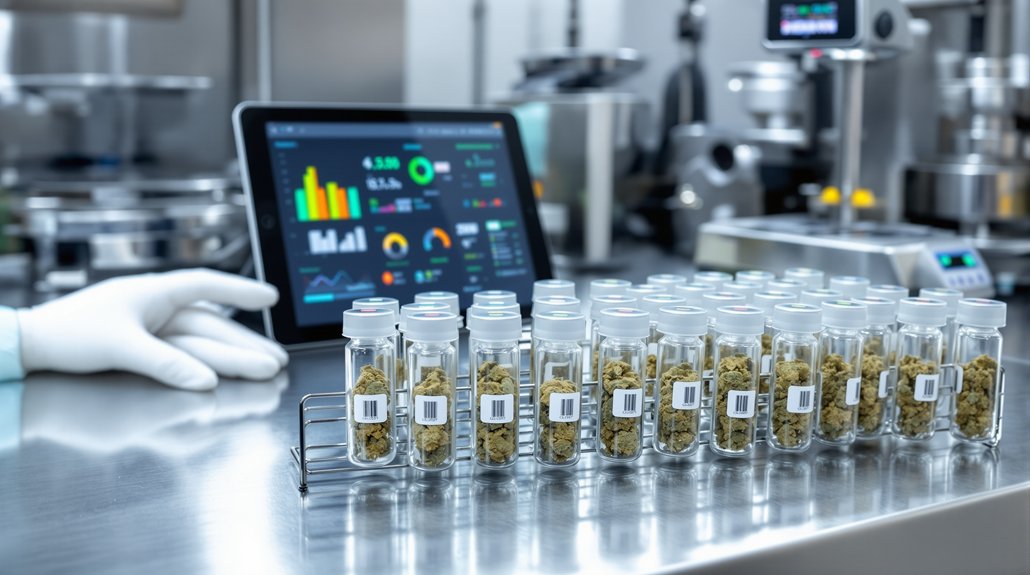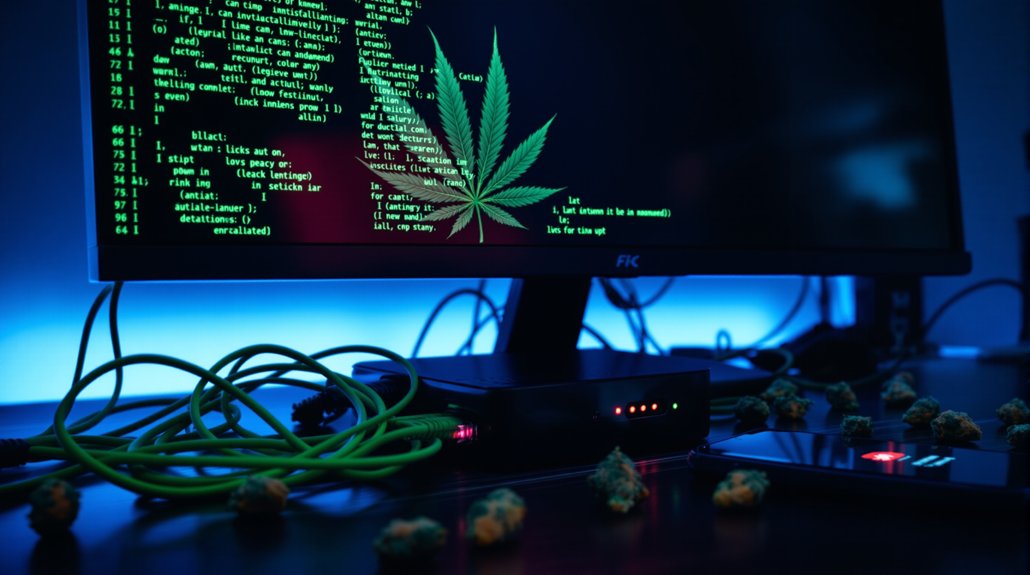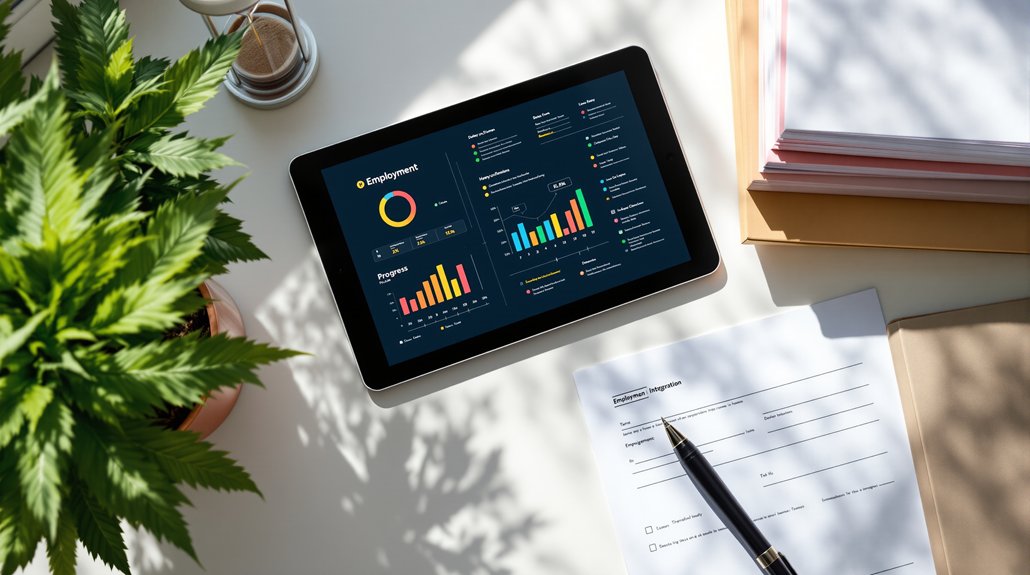Handheld THC/CBD testers utilize Near Infrared spectroscopy or UV spectrophotometry to analyze cannabis potency in real-time field conditions. These portable devices can detect cannabinoids with accuracy typically within ±3 to ±7 percentage points, while laboratory HPLC systems achieve superior precision below ±1 percentage point. Though convenient for preliminary evaluations and high-throughput testing, handheld testers cannot match lab-quality results due to systematic limitations in sample handling and calibration protocols that professional laboratories maintain.
How Handheld THC/CBD Testers Work and Their Technical Capabilities
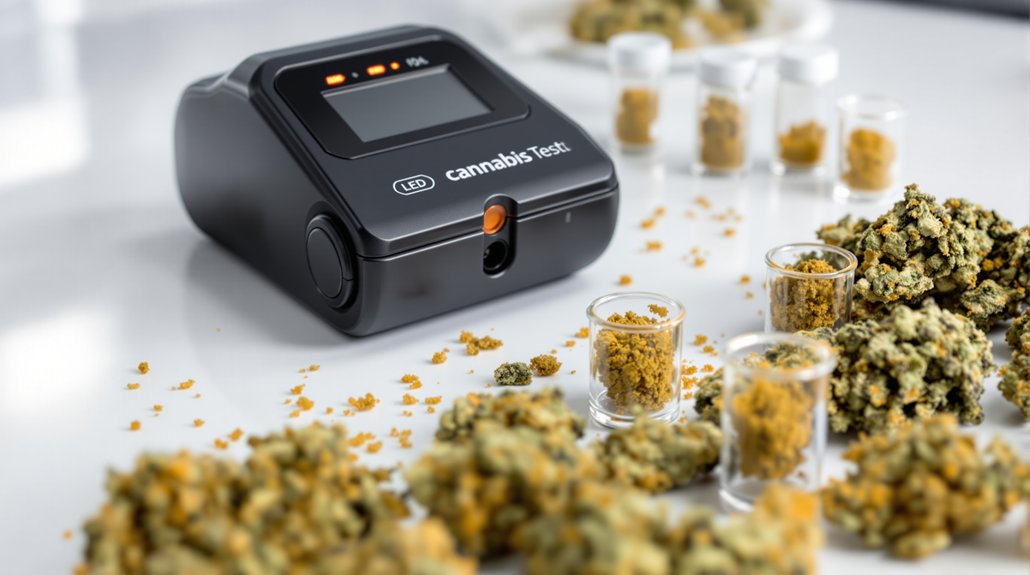
As the cannabis industry continues to mature and face stricter regulatory requirements, handheld THC/CBD testers have emerged as essential tools that combine sophisticated analytical technology with field-ready portability. These devices primarily utilize Near Infrared (NIR) spectroscopy or UV spectrophotometry to deliver rapid cannabinoid analysis.
NIR technology operates by directing near-infrared light through ground cannabis samples, with absorption spectra correlating directly to compound concentrations. UV spectrophotometry evaluates cannabinoids by measuring ultraviolet light absorption patterns within samples.
Most handheld testers quantify THC, CBD, and minor cannabinoids like CBG, THCa, and CBDa, with several models also analyzing terpenes and moisture content. Detection accuracy typically falls within ±0.1%–1.89% for cannabinoids, while detection thresholds generally range from 0.1–2% for both THC and CBD, ensuring reliable field measurements. While handheld devices offer convenience, users should be aware that potency variability of up to 25% exists between different testing methods. Advanced NIR systems can perform comprehensive analysis in less than a minute, making them highly efficient for high-throughput testing operations.
Many modern handheld analyzers feature battery operation that enables extended field use, with some models providing up to 8 hours of continuous measurement capability before requiring recharging.
Accuracy Comparison Between Portable Devices and Traditional Laboratory Analysis
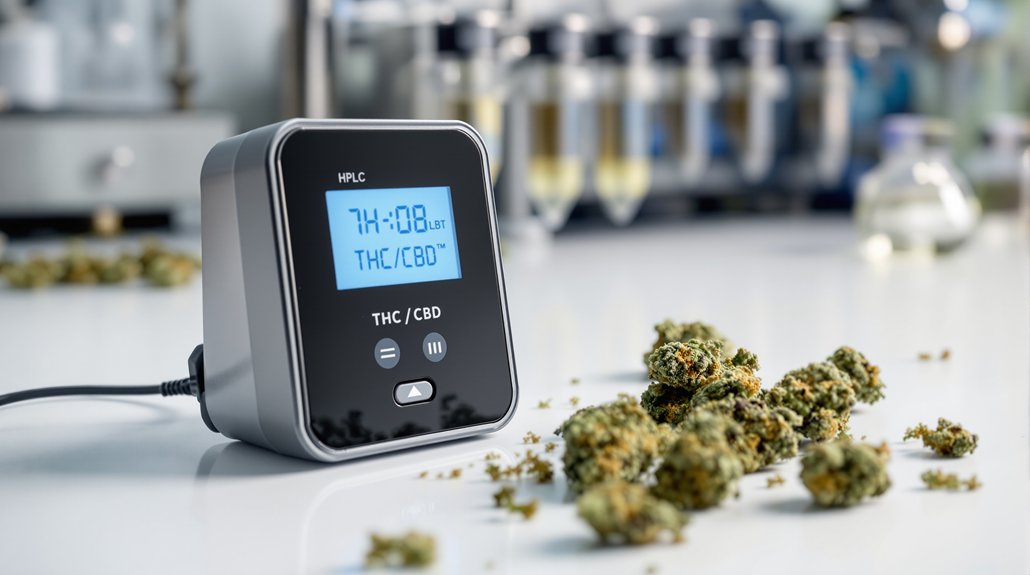
The fundamental question facing cannabis professionals centers on whether portable THC/CBD testers can match the precision of established laboratory methods. Laboratory analysis using HPLC or GC systems achieves superior accuracy, often with variances below ±1 percentage point for cannabinoids.
In contrast, portable THC/CBD testers for dried flower generally provide accuracy of ±3 percentage points, though some product forms like winterized concentrates exhibit accuracy drops to ±7 percentage points.
Comparative studies reveal that over 90% of portable device measurements matched within 3 percentage points of HPLC lab results. However, basic colorimetric and TLC-based test kits show broader variance, with error margins reaching 10–20%. Professional cannabis producers particularly depend on accurate potency data to ensure regulatory compliance and meet mandatory label claims for their products.
Laboratory equipment benefits from rigorous sample handling, calibration, and method validation, reducing systemic errors versus quick field tests. Random product sampling throughout the distribution chain helps verify consistency between portable testing and official laboratory results. Professional testing labs typically analyze comprehensive cannabinoid profiles that extend beyond basic THC and CBD measurements to include CBG, CBN, and other emerging compounds.
FAQ
How Much Do Handheld Thc/Cbd Testers Cost and Are There Ongoing Fees?
Handheld THC/CBD testers range from $84-$189 for basic chemical kits to $3,000+ for advanced digital analyzers. Mid-range spectrophotometry devices cost $399-$430.
Most handheld testers avoid subscription fees, but require ongoing consumable purchases. Chemical test kit refills cost $185-$335 for 40-100 tests, while replacement supplies like pipette tips run $20-$99. Per-test costs average $3-$20, considerably less than $50-$100+ laboratory testing fees.
Can These Devices Test Edibles, Oils, and Concentrates or Just Flower?
Testing capabilities vary considerably among handheld THC/CBD devices. Most focus primarily on dried flower, while select models like tCheck 2 can analyze infused oils, butters, tinctures, and some edibles.
Near-infrared devices such as Purpl Scientific and GemmaCert handle flower and concentrates but show limited edible testing abilities. Non-flower samples often require special preparation and dilution, which reduces accuracy compared to flower testing, particularly with solid edibles.
How Long Does Battery Last and Can Devices Work in Outdoor Conditions?
Battery performance varies markedly between handheld THC/CBD testers, with Neospectra delivering up to 1,000 tests per charge while Purpl Pro provides approximately 300 measurements. NIRLIGHT offers 10 hours of continuous operation.
These devices demonstrate robust outdoor capabilities, operating in temperature ranges from -4°F to 122°F depending on the model. Neospectra features IP54 dust and splash protection, while transport cases enhance field portability for professional cannabis testing applications.
Are Handheld Testers Legal to Use for Roadside or Workplace Testing?
Handheld THC/CBD testers occupy a legal gray area for roadside and workplace testing. While some states pilot THC field tests for law enforcement, no national standard exists for court admissibility.
Workplace policies typically require lab confirmation for employment actions, as most handheld devices lack FDA/OSHA approval. Legal adoption remains limited by accuracy concerns and regulatory gaps, though increasing pilot programs suggest broader acceptance may emerge pending further validation studies.
Do I Need Internet Connection or Special Training to Operate These Devices?
Most handheld THC/CBD testers operate offline without requiring internet connectivity for basic measurements. These devices feature point-and-click functionality designed for users without technical backgrounds, including growers, law enforcement, and manufacturers.
Sample preparation is minimal, and all-inclusive user manuals guide operation. Internet access is only needed for optional firmware updates, expanding cannabinoid libraries, or cloud-based reporting features, making field testing fully operational without connectivity.
